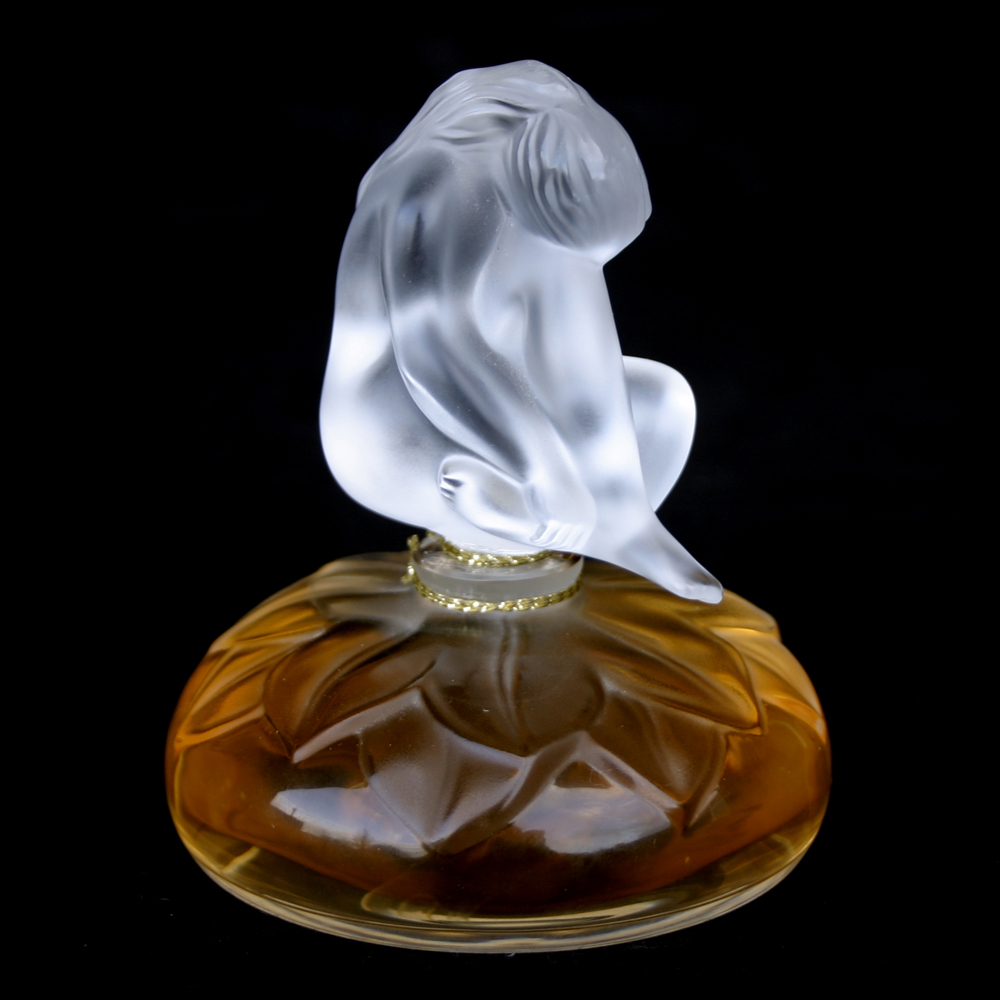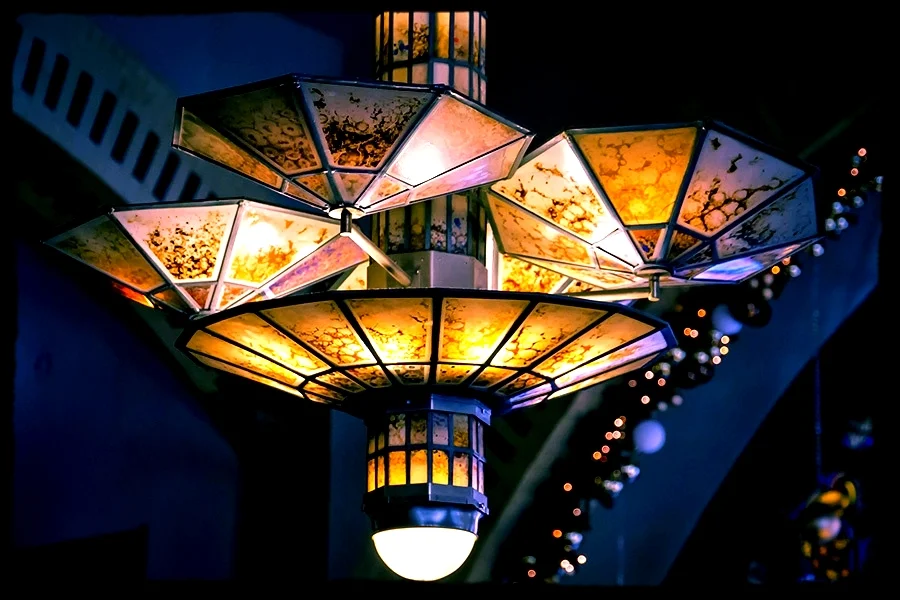Rene Lalique was a master jeweler and glass designer during the Art Nouveau period.
His superior talent and creativity evolved over time and he developed his style to such an extent that he was able to dominate the Art Deco jewelry and glass market as well.
He was born on April 6, 1860 in the small town of Ay, in the Champagne region of France. He attended college in Paris where he developed his drawing talent. He then began a goldsmith apprenticeship with the Parisian jeweler, Louis Aucoq, in 1874 and two years later he moved to London to attend the Sydenham Art College.
During this time his skills improved considerably and he began doing freelance work for the Houses of Coty, Cartier and Boucheron. In 1885 he started his own company which operates to this day.
His childhood summers were spent in his birth town, Ay, and this early exposure to nature would forever shape his style.
Lalique Perfume Bottle - Image courtesy: Flickr - David
His pieces were of classical Art Nouveau motifs like dragonflies, insects, birds, flowers and other naturalistic forms. He designed an array of beautiful pieces - glass perfume bottles, jewelry, vases, tableware, lighting and figurines and in his later years, car hood ornaments.
In the 1920s , his style morphed from the Art Nouveau nature-inspired forms, to more streamlined pieces to suit the Art Deco aesthetic. He began to use more materials typical of the Art Deco period, like metal, chrome, ivory and enamel.
His glass pieces became more "opalescent, produced by adding phosphates, fluorine and aluminum oxide to glass in order to make it opaque, and by adding tiny amounts of cobalt to produce an internal blue tint."
Lalique Opalescent Glass Vase, Circa 1920 - Image courtesy: Richard Gardner Antiques
He was one of the premier exhibitors at the 1925 Paris Exhibition - in fact, he had his own pavilion and it was his "stylized glass fountain that greeted visitors at the main entrance to the Exposition." Another claim to fame were the "glass panels and chandeliers" he supplied for the classic Art Deco ocean liner, Normandie.
Lalique Lighting on the Normandie Ocean Liner - Image courtesy: Cottages-Gardens.com
He also produced jewelry for the most popular celebrities of the day, including legendary actress, Sarah Bernhardt, as well as for members of European and American high-society.
Rene Lalique's glass pieces are incredibly popular to this day and are collected by Art Nouveau and Art Deco enthusiasts alike.
Source:
Art Deco
By Derek Avery
Published by Chaucer Press, 2004




